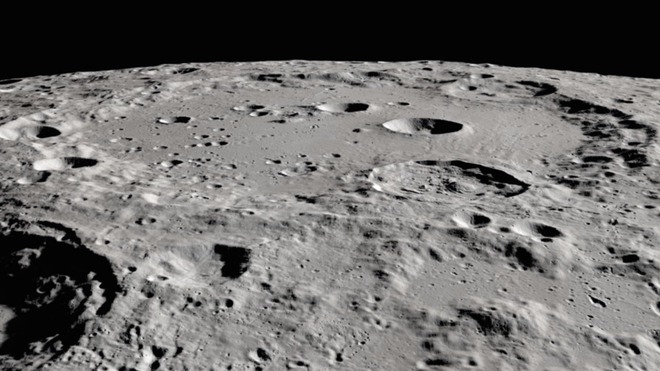China has just launched an explorer ship to the Moon with the goal of gathering 2 kg of rock
- Tram Ho
This morning, November 24, China launched an explorer ship named Chang’E 5 on a cruise missile from Long March 5 from the Wenchang Space Launch Center on Hainan Island. This move marks the world’s first return to the moon in more than 40 years.
The missile is heading towards Mons Rümker, a mountain range on the near side of the moon. After landing, it will use a drill and shovel robot to collect about 2 kg of moon soil and dust – the largest amount ever for any robot mission. The rock samples will be sealed and returned to Earth in a capsule, expected to land in northern Inner Mongolia around the day, according to an official from the China Institute of Space Technology. December 15.

Yu Dengyun, deputy design chief of the moon exploration project, told China Central Television that digging on the surface of the moon is much more difficult than it is on Earth. “The problems of how to dissipate the heat, how to redirect the flow (of the exhaust gas), or how to control the lifting process are things we have never dealt with,” he said. “
Xiao Long, a planetary geologist at the China University of Geosciences, who participated in the selection of the moon landing site, said that the scientists wanted Chang’E 5 to go to a place where missions Never before. Furthermore, satellite data shows volcanic activity in the Rümker Mons area until about 1 billion years ago, meaning that the moon may have “lived” by then. Previous studies of lunar rock patterns have deduced that the last eruption of the moon occurred about 3 billion years ago, before the moon ran out of energy and became “a dead rock”. .
“If we demonstrate that there is volcanic activity on the moon at a more recent time, we will rewrite its entire thermal history. But even if our lab tests reveal old rock. More than expected, the data could still help modify and improve the current dating model that scientists use, “ Xiao said.

Missile carrying the Chang’E 5 expedition ship was launched on the morning of November 24, 2020.
In 1969, NASA’s Apollo 11 program brought the first lunar soil samples back to Earth. In the years that followed, eight return missions – 5 US and 3 Soviet – were successful. The most recent was in 1976, when the Soviet probe Luna 24 returned to Earth with 170 grams of surface matter from the moon.
” This is China’s first moon return mission and I am looking forward to it,” said Zhang Aicheng, a planetary geologist at Nanjing University. Zhang worked with NASA two decades ago to study lunar material samples obtained from Apollo missions, but that relationship ended abruptly in 2011, when Congress banned NASA from joining. bilateral cooperation with the Chinese government or its state organizations.
Since then, Zhang has been studying meteors that fell to Earth. “The problem is that these asteroids are only a few thousand years old, which doesn’t help us understand the ancient history of the moon. Even though 2 kg of lunar material samples is a very small amount,” he said. it could still tell us a lot about the moon “.
The Chang’E 5 mission has been anticipated for many years. Initially, China’s National Space Administration planned to launch in 2017, but a technical breakdown with the Long March 5 missile resulted in a 3-year delay.
China’s space agency has yet to announce how the lunar soil sample will be distributed when the capsule returns to Earth. According to Xiao, the agency will likely release a related guide based on a guide similar to that of NASA.
“In addition to research, it is possible that some of them (samples of lunar rocks) will be used for science educational exhibitions and some will be used to exchange samples with other countries,” Xiao said. “Of course, I hope to get a little, too, if I can.”
Refer to sixthtone
Source : Genk
